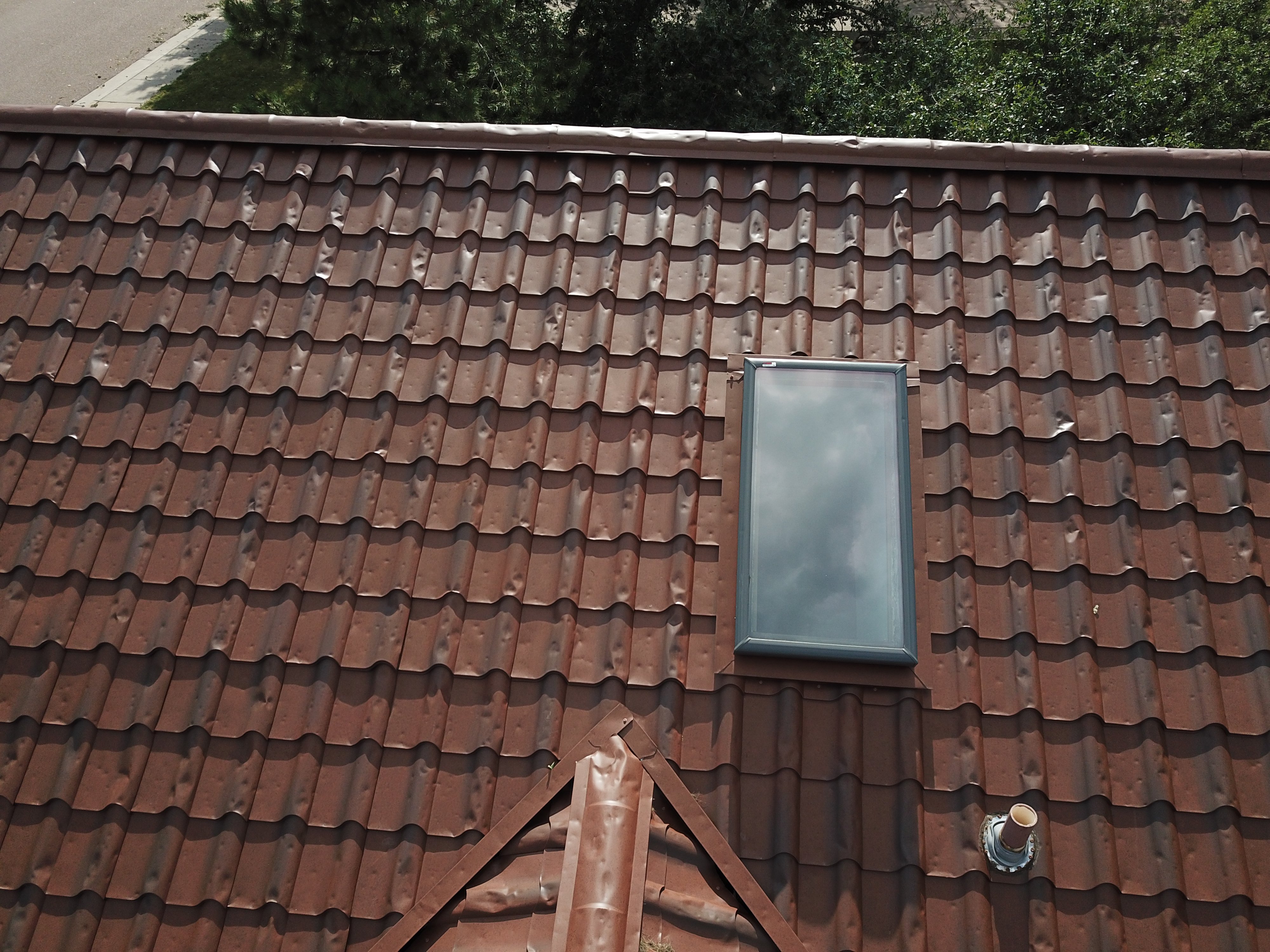An insurance company can deny claims for a number of valid reasons, including, damage caused by uncovered loss, damage above the coverage limit, or no actual damage existing on your property. These are all common reasons why an insurance company may avoid paying for your new roof.
However, there are other 'surprise' reasons your insurer may avoid liability despite evident and substantiated damages. The truth is, insurance companies are businesses and just like any other business, they will always seek to minimize their liability as much as they can.
Despite the fact that you may be paying hefty premiums, you may need to push a little harder to get your re-roof claim compensated. This may include, among other things, working with a professional roofing contractor, a public adjuster, and/or an independent insurance appraiser.
That said, here is a list of five ways in which your insurance company may avoid paying for part, or all of your valid re-roof claim.
1. An Insurance Company May Raise Your Deductible
Deductibles can help reduce your monthly insurance expense to some degree, but some companies set their deductible amounts so high that it's a disadvantage for the homeowner. We've seen numerous homeowners get the unpleasant surprise of a deductible that's much higher than they were expecting.
So why didn't these homeowners know what their deductible was? The insurance company is obligated to inform homeowners of the amount of their deductible, or if the deductible changes. Since it wouldn't be practical for an insurance company to personally call or Email every one of their clients, they will inform you, the insured, of changes to your deductible by putting that information into your declaration page when your policy renews. The problem for a homeowner is that most people rarely, if ever, read these documents. But you must read these so you know what changes have been made to your policy and coverage. Your policy and declaration page are binding contracts and they dictate what your coverage is, so every year, make sure you read this document. If you don't read this and understand what your deductible is, prepare to be shocked by the crazy amount you're required to pay if you have a claim in the future.
Deductibles are how an insurance company reduces their liability for the costs of repairing a loss. The deductible is your share of the costs of the repair, so know what amount is before you file a claim.
2. Denying The Claim
Following a catastrophe, most insurers are swamped with claims. As a result, they try to minimize their liability by finding every available loophole to deny the claims. Even if the damage is evident to the extent that their adjuster can't justifiably refute the loss, the company may just simply deny the claim since they know most homeowners won't fight their decision.
3. Fighting With Your Contractor
Over the years, insurance companies have been plagued with fraudulent claims and they always strive to safeguard their interests as much as possible, sometimes at the expense of your interests, if you're not careful.
Often, your contractor may be at the receiving end after presenting the invoice. For example, the insurer may argue some of the items on the list aren't covered under the policy, or their prices are not accurate, and so forth. They may engage the contractor in a back-and-forth to frustrate them and have their way. We've even had an adjuster tell our client that we were lying about the scope of work that was necessary to restore the homeowner to pre-storm conditions.
The insurance companies know that if they can wear down your contractor, or you, they'll save money and win in the long run. They have the resources and finances to be more patient than you or your contractor in most cases.
4. Pro-rating Your Replacement Coverage
When you're insuring your roof, you expect to receive 100% compensation if the storm causes damage. This has always been the case until recently. Now, some insurance companies are pro-rating replacement coverage.
That means that you only get 100% coverage, say, in the first few years after having a new roof installed. After that pre-determined period of time, the percentage coverage keeps dropping. For example, one insurance company begins pro-rating the coverage after the roof is 4 years old. In 2018 we worked with a couple of homeowners who were insured by this company. Each of them had roofs that were only 5-7 years old and each of them had to pay for 50% of their roof costs on top of the deductible payment!
I can tell you that this was a very unpleasant surprise for each of these homeowners.
5. Cosmetic Exclusions
Your insurer may deny part or all of your claim if they establish your roof or roofing components are not functionally damaged but only have what they call cosmetic damages. Cosmetic damage is defined as damage that does not inhibit or affect the functionality of the component that was damaged. Examples of components that are typically excluded by "cosmetic" damage are gutters, vent caps, and flashings, but it's becoming more common for insurance companies to even exclude the shingles.
For example, many people in Colorado Springs have installed impact-resistant materials. This has protected them from storm damage, but in many cases, it also has given them discounts on their insurance premiums. previously you would have earned a discount. What we began seeing in 2020 was that on an impact resistant roof, if the hail actually did damage it, but it didn't fully penetrate the material, then the adjuster had to deny the claim on the basis that the roof had only sustained "cosmetic" damage and not functional damage.
At Homestead Roofing we offer roofing replacements and repairs in Colorado Springs and neighboring communities. We can also help you navigate through your insurance claims process. You can contact us for a no-strings-attached roof evaluation or visit our website to learn more about us and our services.




